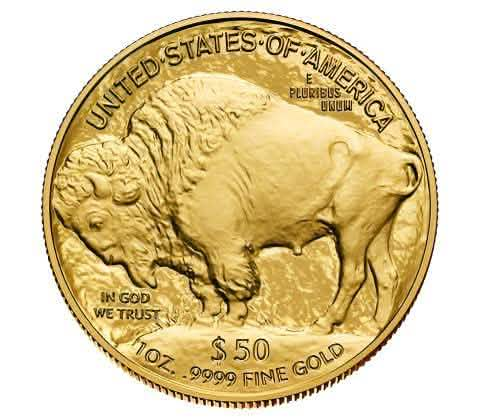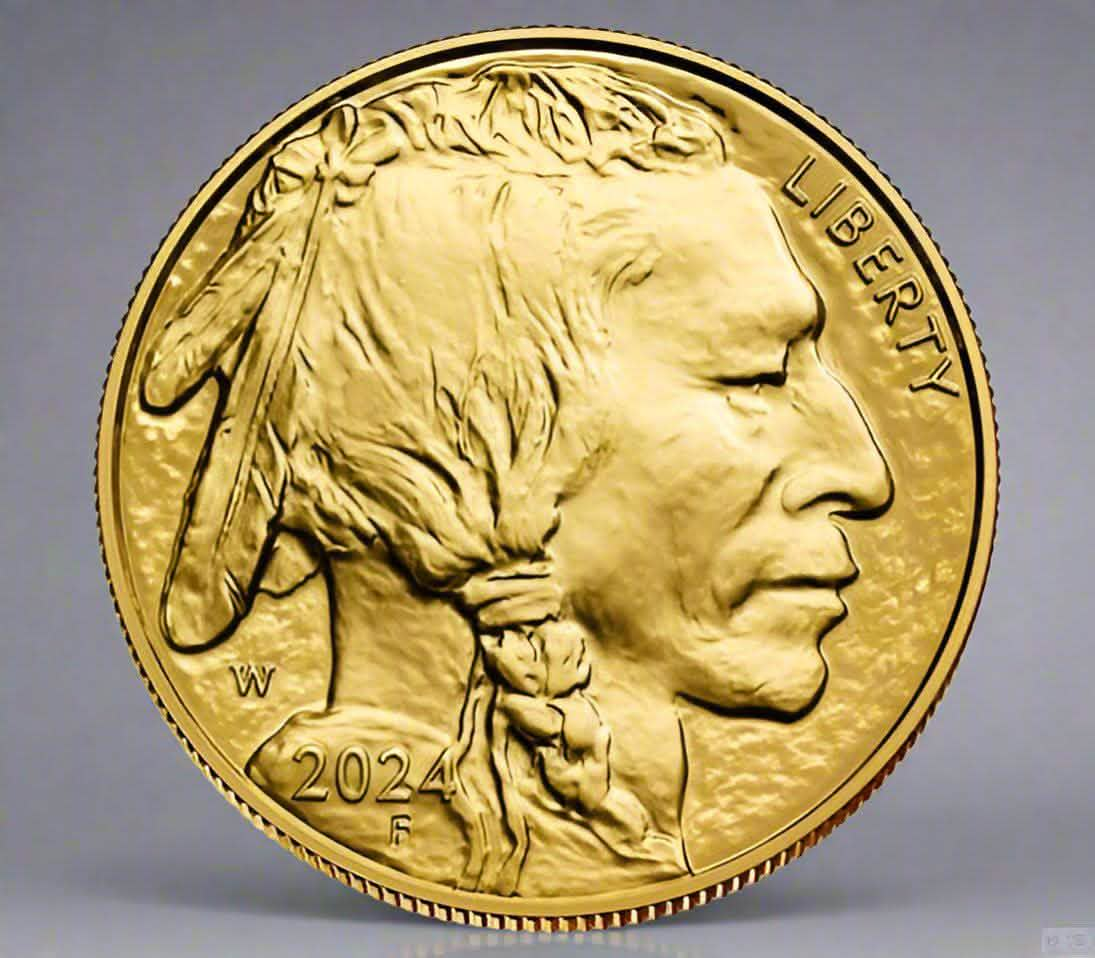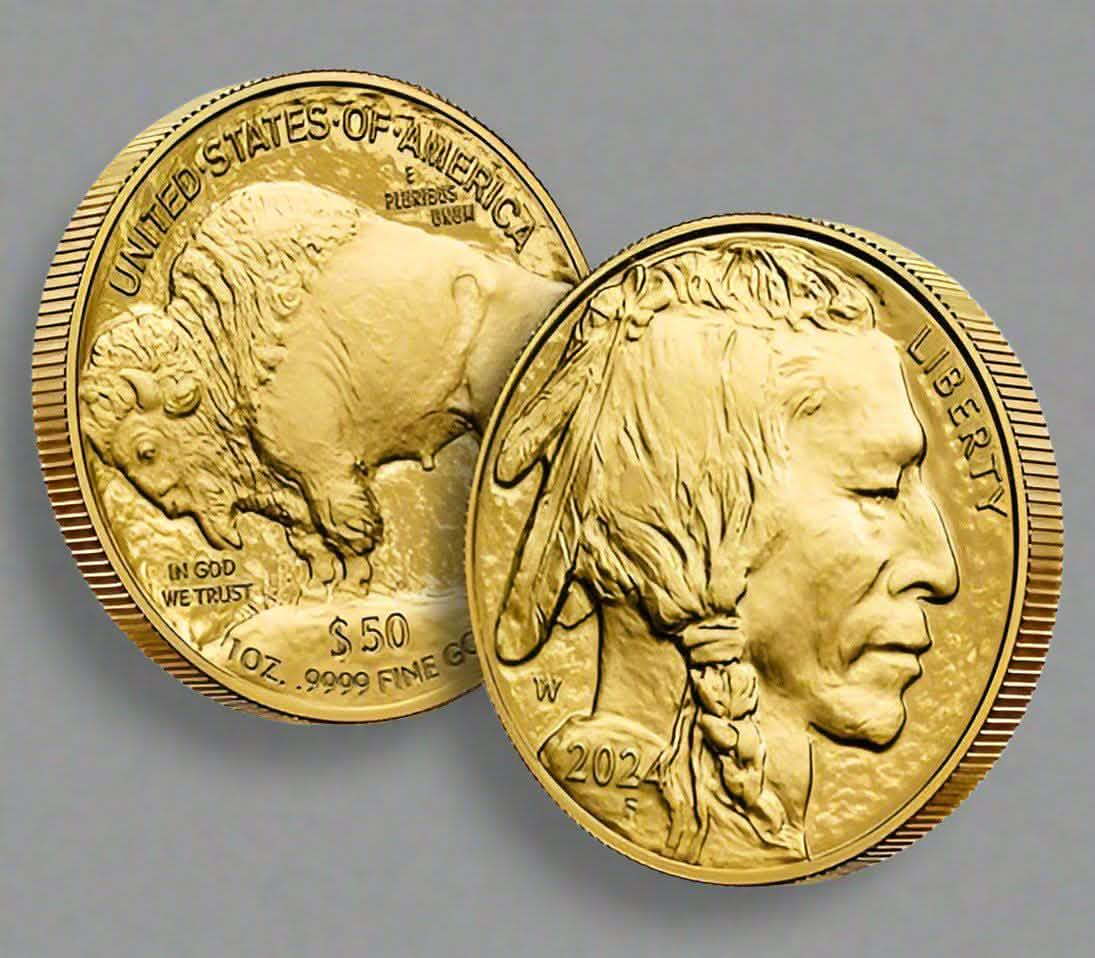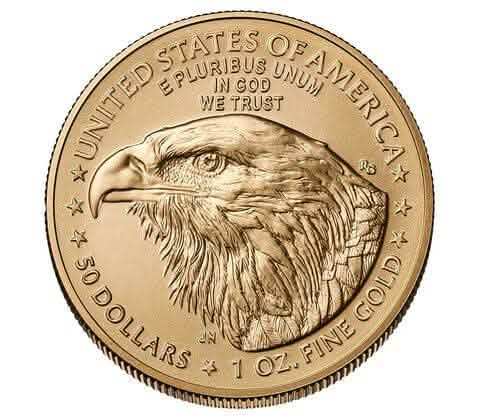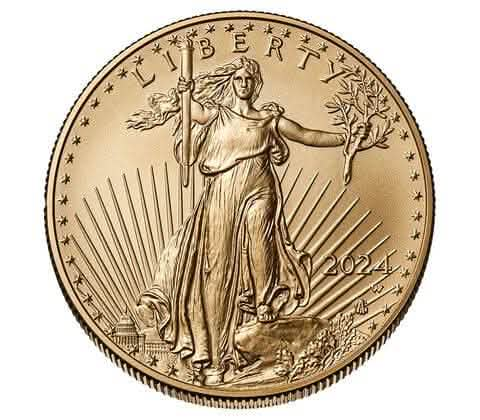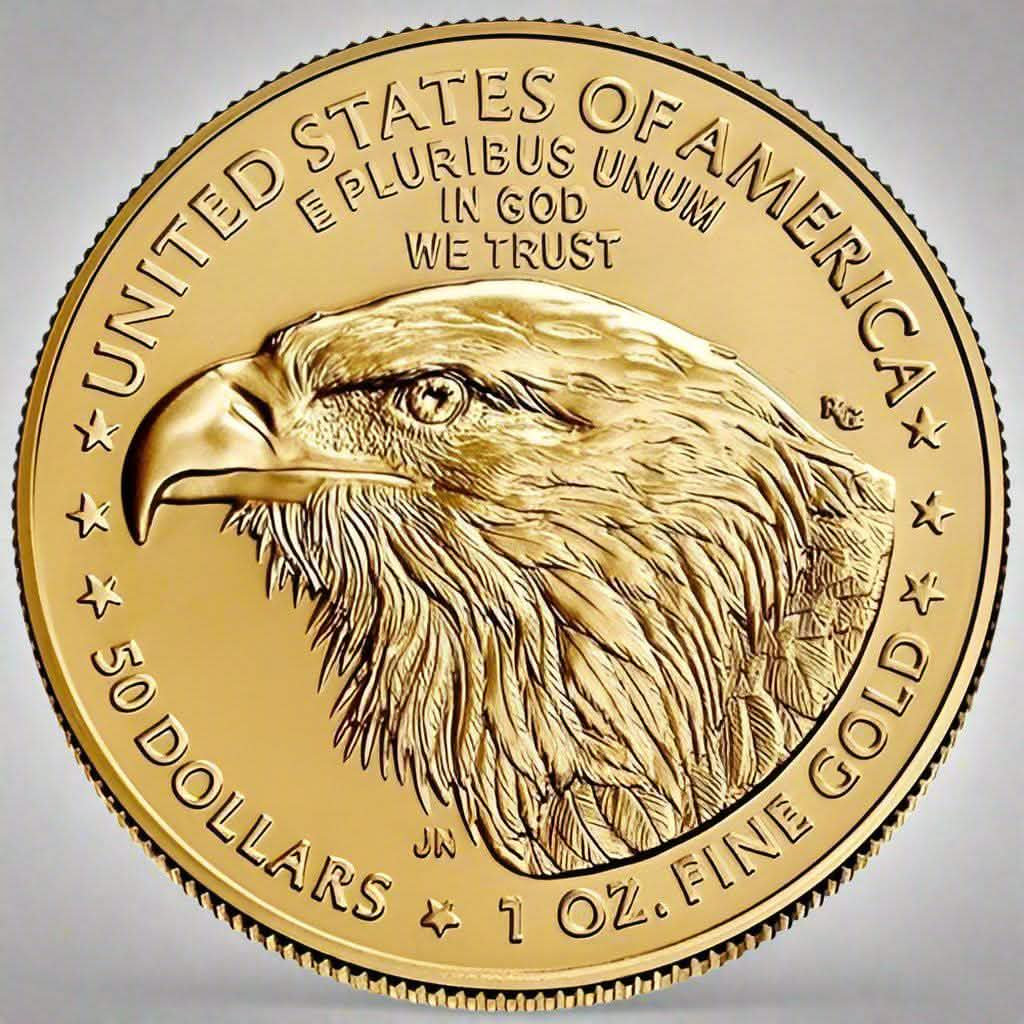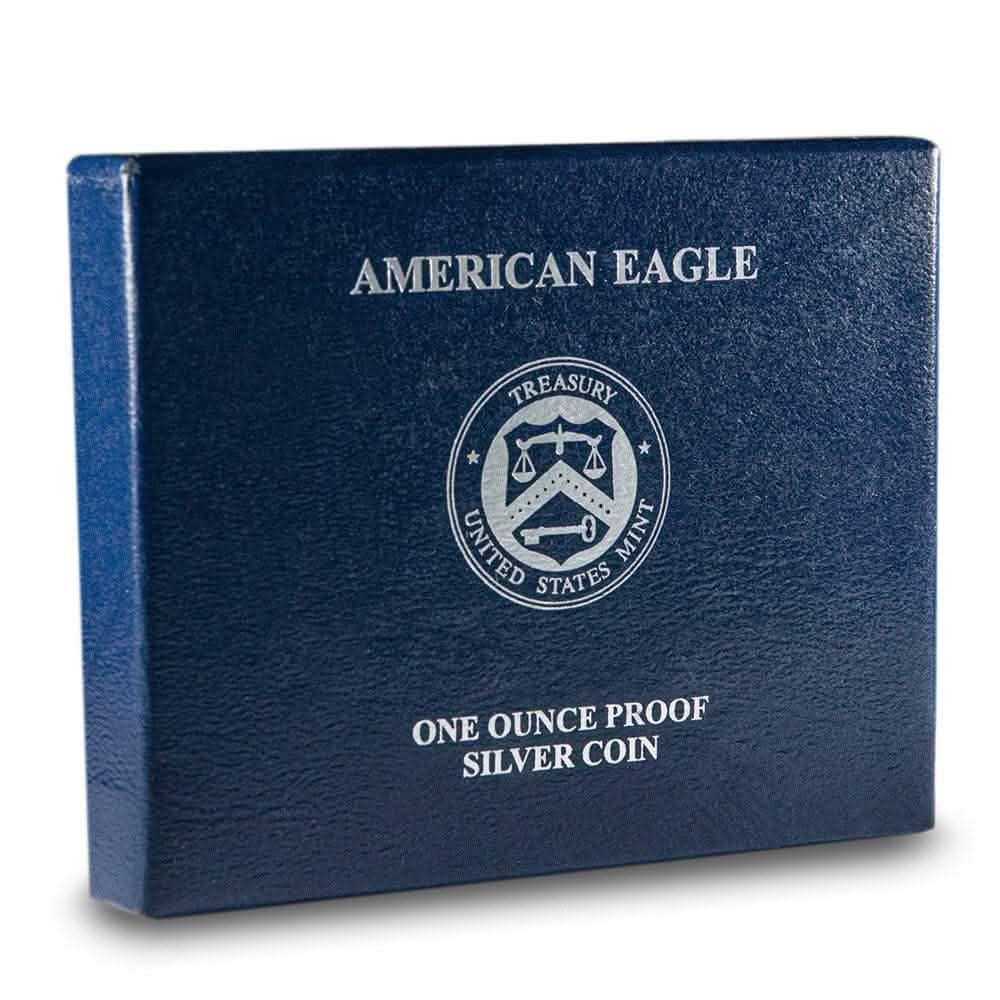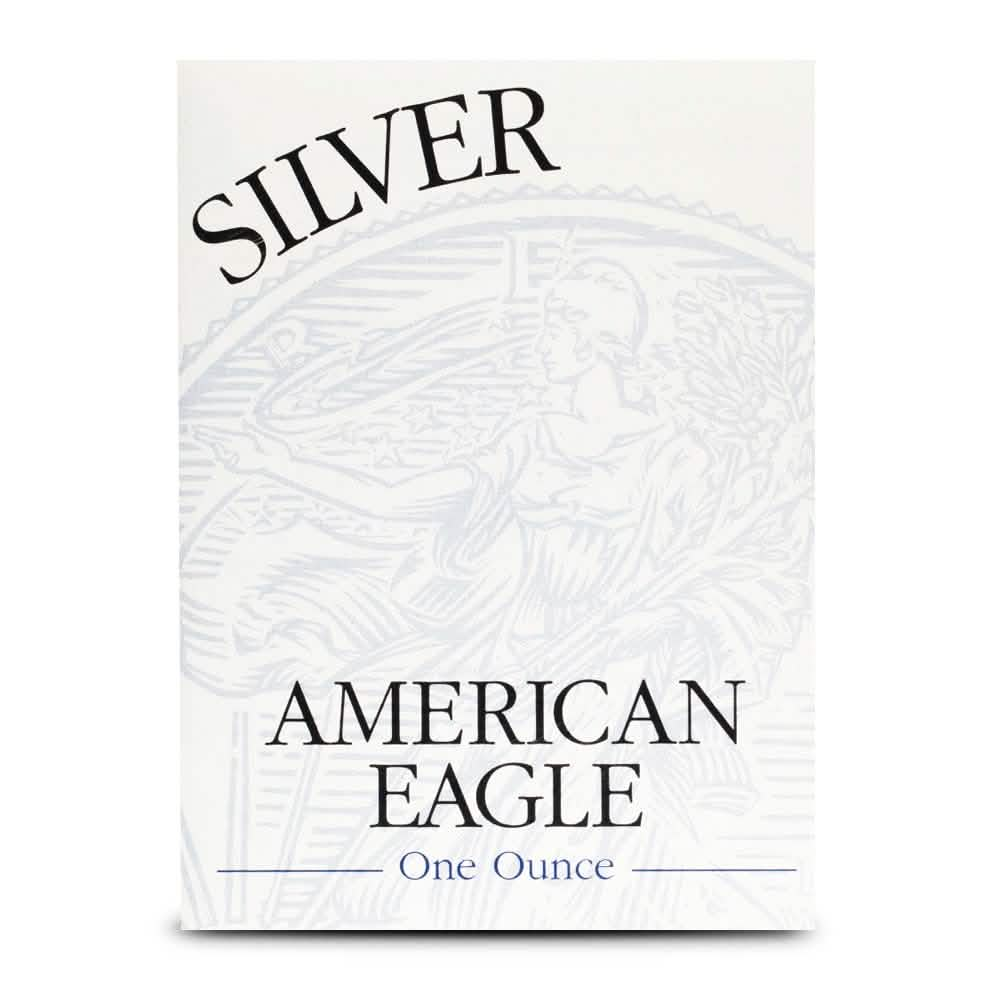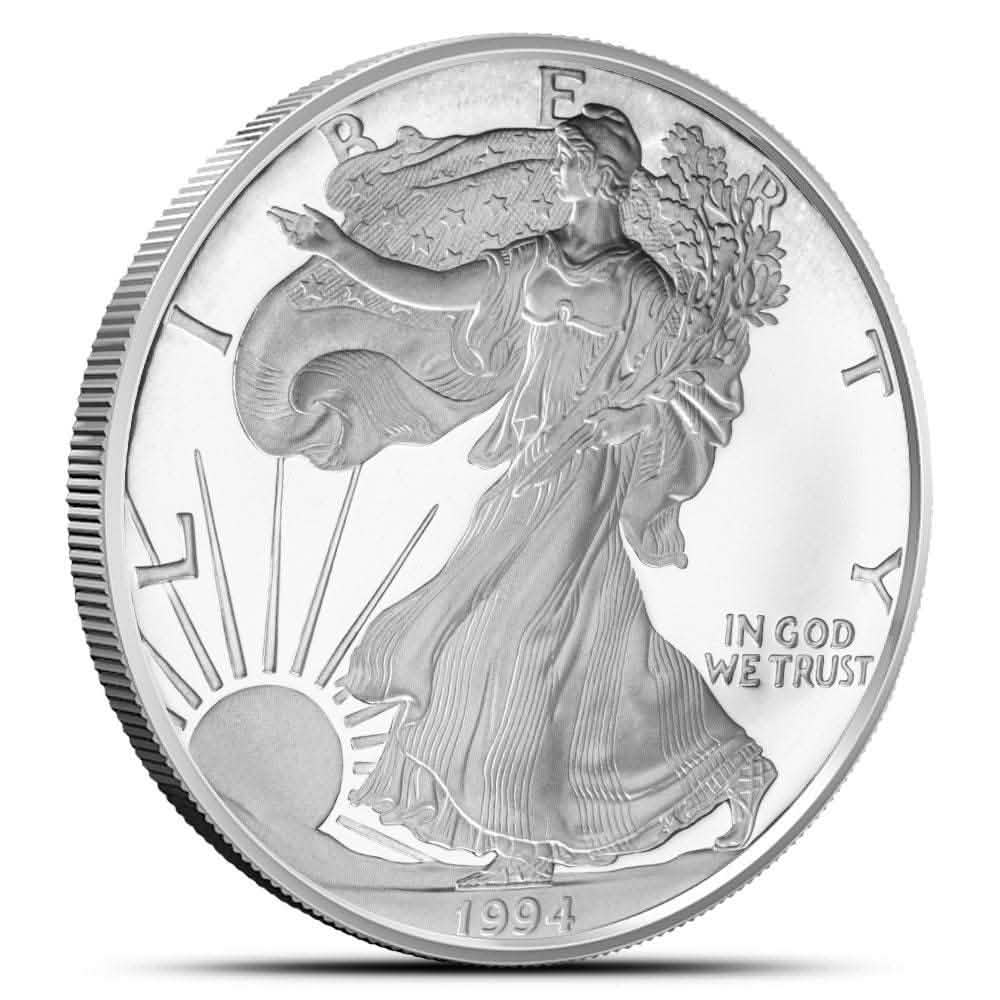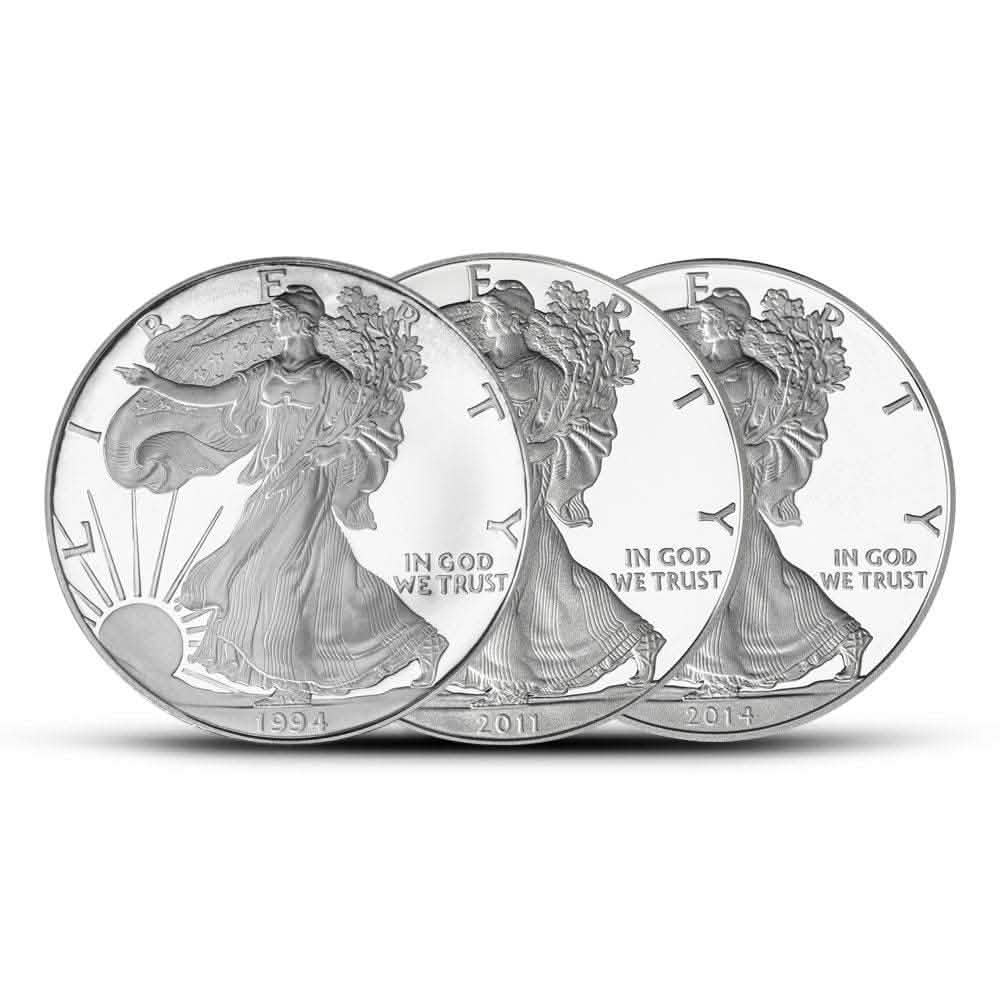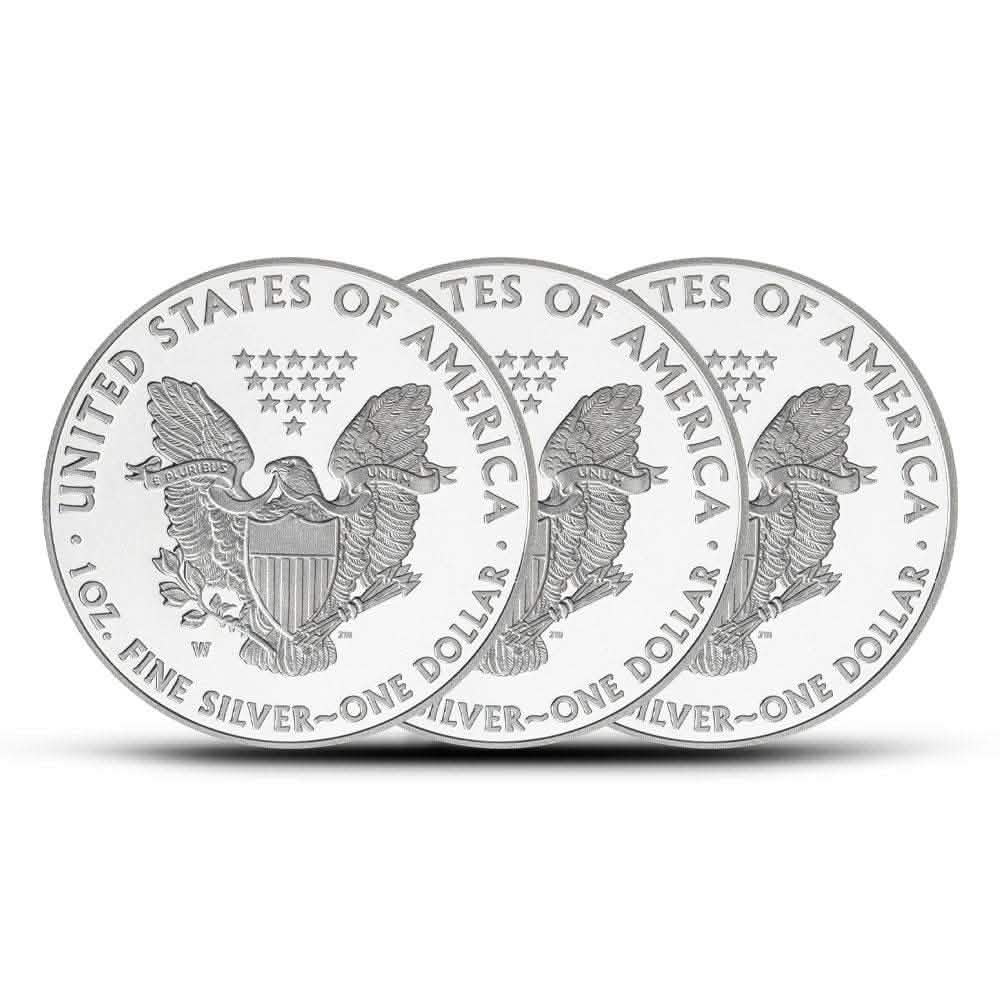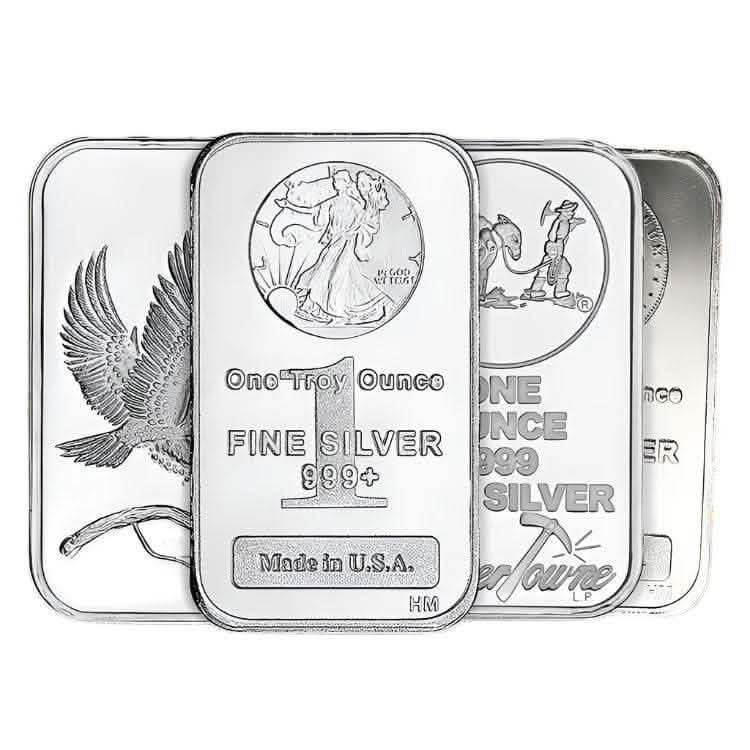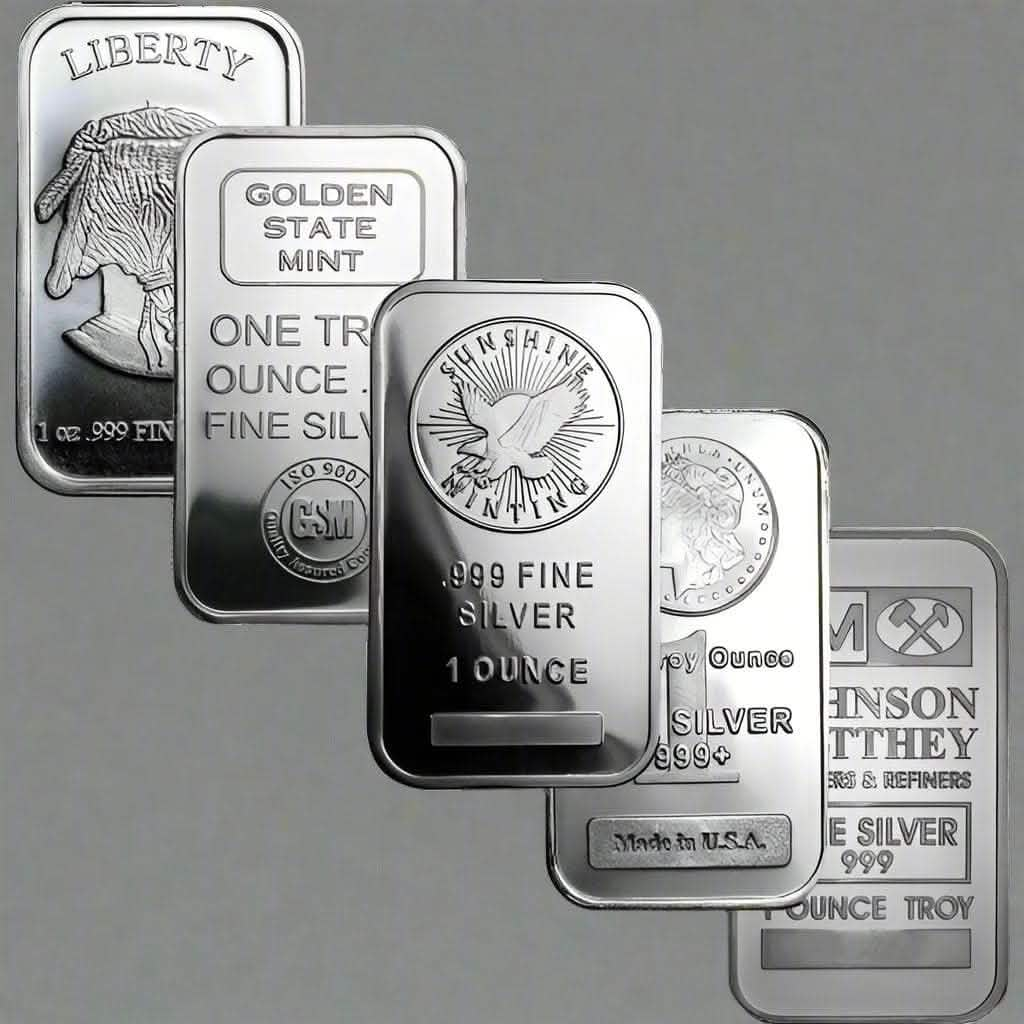Investing in precious metals has long been a strategy for safeguarding wealth and hedging against economic downturns. Among these, silver holds a distinguished place due to its affordability and wide range of applications. Yet, within silver investments, a familiar debate arises among enthusiasts and investors alike—should one invest in silver coins or silver bars? Each option has advantages and limitations, which can significantly impact their investment value.
This post aims to dissect this debate, providing a detailed comparison of silver coins and bars. By the end, you'll better understand the essence of each silver investment and gain insights into making informed decisions in the precious metals market.
Understanding the Differences
Silver Coins Explained
Often minted by governments, silver coins are typically made from high-quality, pure silver. They are recognized for their legal tender status and carry a face value. Coins like the American Silver Eagle, Canadian Silver Maple Leaf, and Austrian Silver Philharmonic are celebrated worldwide for their consistent silver content and reliability. Additionally, silver coins carry a historical and cultural significance, often featuring unique designs and national symbols that pay homage to a country's heritage.
Silver Bars Simplified
Silver bars, on the other hand, are primarily produced by private mints and refineries. They offer a straightforward means of investing in silver. These bars come in various sizes, ranging from small one-ounce bars to hefty 1,000-ounce bricks. Their design emphasizes the metal's purity and weight rather than its aesthetic value, emphasizing the investment's raw metal value over artistic design.
Understanding these differences is crucial, as they influence liquidity, market perception, and inclusion in investment portfolios.
Comparison of Investment Value
Liquidity and Ease of Transactions
When it comes to liquidity, silver coins often have the upper hand. Due to their global recognition and standardized weights, they are easier to trade and sell, even to collectors. This broad market appeal assures investors of a ready market whenever they liquidate their holdings.
Silver bars, while also liquid, may require more effort to sell quickly. Huge bars may attract institutional buyers rather than individual investors, limiting the immediate market options.
Premiums and Costs
Silver investment vehicles come with costs beyond the metal's price, known as premiums. Silver coins generally carry higher premiums than bars. These added costs stem from minting, design, distribution, and legal tender recognition. However, this premium can also vouch for their authenticity.
Silver bars, being more cost-efficient to produce and larger in size, usually have lower premiums. For this reason, investors who focus solely on maximizing silver content per dollar spent might favor bars.
Analyzing Market Trends
Recent Market Trends
The silver market is cyclical, influenced by economic factors, industrial demand, and investor psychology. Recently, silver has garnered increased attention as global uncertainties prompt investors to seek tangible assets. Silver coins have experienced a spike in demand, driven by their appeal to investors and collectors. This dual market can lead to stronger resilience in prices during economic volatility.
With their appeal focused primarily on metal content, silver bars also see fluctuating demands, often in sync with industrial needs and broader market trends.
Factors Influencing Demand
Various factors drive the demand for silver coins and bars. Silver's industrial applications, from electronics to solar technologies, significantly impact its market demand, ensuring stability in silver's underlying value. For coins, intrinsic factors like rarity, historical importance, and aesthetic appeal add layers of value over and above the metal's weight. Bars, however, tend to respond more directly to market shifts based purely on metal content.
Practical Considerations for Investors
Storage and Security
Storing silver involves both practical and financial considerations. With their compact size and high premiums, coins are more accessible for collectors and small investors to store securely in home safes or bank safety deposit boxes. Bars, especially larger ones, might require specialized storage facilities or depositories, adding to the storage costs.
Tax Implications and Diversification
Investors should consider potential tax implications when choosing between silver coins and bars. Some coins may be exempt from taxes, depending on the country, owing to their legal tender status, while bars typically attract capital gains tax. Additionally, diversifying between silver coins and bars might mitigate risks and enhance overall investment resilience for a balanced portfolio.
Expert Opinions and Insights
According to a seasoned financial analyst, Barbara Carver, “Silver coins offer a unique blend of traditional value and market liquidity, enhancing their role in a diverse investment portfolio.” Meanwhile, investor Larry Mensa suggests, “For those prioritizing maximum metal volume per dollar, silver bars present a compelling case, given their lower premiums.”
Case studies show diverse investor success stories. Consider Julia, an investor who leveraged historical coin popularity to achieve significant returns through focused collection over a decade. Conversely, a metals trader, Alex maximized cost efficiency by holding large-capacity silver bars during market upswings.
Making an Informed Decision
Both silver coins and bars provide exciting opportunities for precious metal enthusiasts. Coins bring liquidity, historical value, and market intrigue, while bars offer metal-focused cost efficiency and scalability. Investing in silver requires balancing these unique advantages with your investment goals, market forecasts, and risk tolerance.
Those embarking on or expanding their silver investment strategy should consider engaging with dedicated metal market analysts or advisors. Their expertise can help tailor your approach to align with current economic climates and personal financial objectives.
